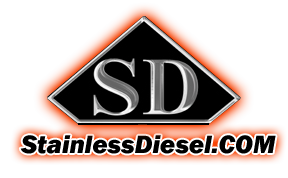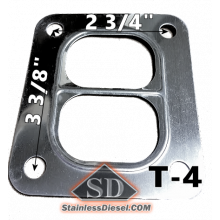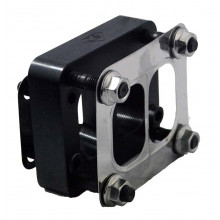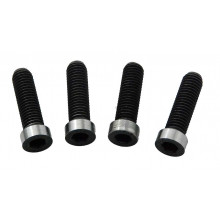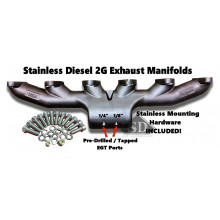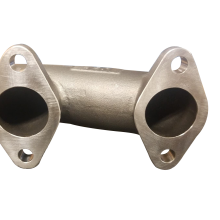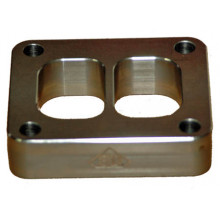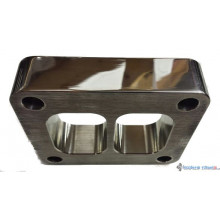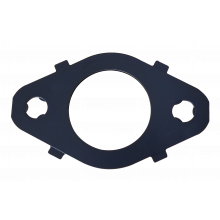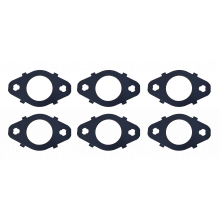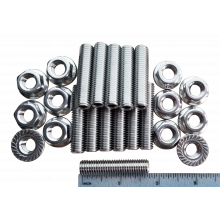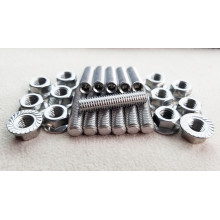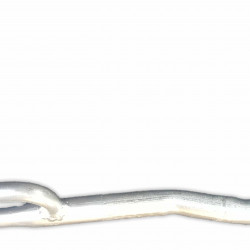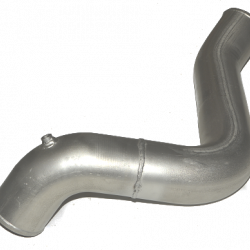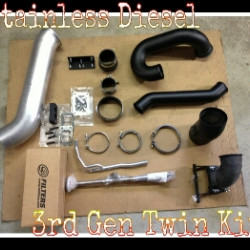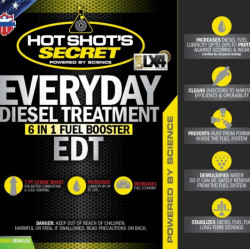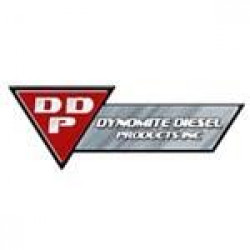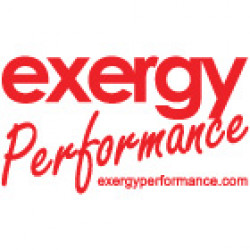The Do’s and Don’ts
Here is a quick list of things that can make or break a successful sponsorship deal.
Remember, it’s a two-way street and both parties need to benefit from the relationship.
When submitting a proposal
DO address it to the right person – marketing, sponsorship or pr manager otherwise your application might end up in the short-term disposable filing system (rubbish bin)
DO submit a professional-looking proposal, outlining all the benefits to the sponsor.
DO specify where and how you want to display the sponsor’s logos and signage.
DO mention any past projects you’ve completed or raced, it gives the sponsor an idea as to your commitment and success ratio.
DO provide references from other sponsors
DO provide a detailed plan of the vehicle build-up and race/show attendance but…
DON’T make it too long. Nobody is going to read a proposal that’s more than 10 pages long.
DON’T approach two competing companies for a sponsorship on the same car.
DON’T promise things you can’t deliver. If you promise to attend all the race meetings in a given season and your car is not ready at the beginning of the season, you’ve effectively defaulted on the deal.
During your sponsorship period
DO fulfill all your obligations. Whenever you’re in a public eye you’re representing your sponsors as well as yourself.
DO ensure all your team members and pit crew are aware of the sponsorship requirements.
DO provide your sponsors with all your race results, images, and video footage and media articles on regular basis. They need these to use in their advertising, promotions etc.
DO keep in contact with your sponsors during the season; you might get introduced to other potential sponsors but….
DON’T approach a company for a sponsorship while you’re sponsored by their competitor.
DON’T change/move your sponsors’ signage without their prior knowledge.
DON’T try to renegotiate your deal half-season just because you’ve won a couple of races.
DON’T bad-mouth your sponsors publicly. If you have a problem, sort it out with the sponsor directly. Remember other potential sponsors are watching your actions and will base their future sponsorship decisions on what they see.
It’s a two way street!
This is the most important, yet often overlooked aspect of any sponsorship deal. The principle of “something-for-something” is a simple one, and once understood and applied will go a long way towards securing a sponsorship deal.
Here is how it works: A sponsor provides the sponsored driver with goods/money. A sponsored driver, in turn, provides his services to the value of the goods/money received. The benefits from exposure/publicity are shared between the sponsored driver and the sponsor.
Give me some free stuff!
Sadly, that’s the main message of a large percentage of, consequently rejected, sponsorship enquiries. As every business-savvy person will tell you that there’s no such thing as a “freebie” and a Sponsorship is no exception. Just like any other business agreement, a Sponsorship has to be beneficial to both parties.
Three magic letters – ROI
Every manager in charge of sponsorships will have to, as some point, account for every sponsorship dollar spent, be it in the form of product, or cash. The amount of publicity/branding/interest the sponsorship has generated has to be reflected in sales – the value of these sales over the initial sponsorship value is what we call ‘Return On Investment’ or ROI.
Example No.1
Let’s say John Smith’s application asks for $3000 worth of products for his soon-to-be completed project car. He plans to finish the car in time for summer and display it at a local car show. John is also a member of a car club and promises to promote the brand to all his friends with whom he goes cruising on regular bases.
As a Marketing Manager, my job is then to assess how much we stand to gain if the applicant does everything he promises to do, and how much we stand to lose should he decide to renege on the deal.
The latter is easy – we lose $3000 worth of product plus the time spent negotiating the deal. The actual gain is a little harder to work out. We’ll have to track the sales of our products in John’s area around the time of the car show and the said cruises and see if there is an increase in sales through the local outlets. We’ll have to account for all the websites, press articles that feature the car. In the best case scenario – a couple of John’s friends decide to purchase some of the products, as do a couple of people who have seen the car at the show. If all goes well, the sales add up to $3000. We recoup our original outlay and the Return on Investment is $0. And this is the Best Case Scenario! Unfortunately a lot of the times the car will not be finished in time, will get sold before it gets finished, will be stolen, smashed, postponed, or the owner will simply vanish – over the years I have heard all these and more!
Example No.2
Frank’s Performance is a small workshop applying for a $5000 sponsorship of their new race car. They plan to finish it before the race season and hope to get some podium finishes in the first season. Apart from signage and the usual sponsorship requirements they also offer us an exclusive product showcase in their reception area along with a preferential usage of our products.
There are two reasons why this application immediately looks more promising; first is that as a workshop they have the resources and facilities to finish the project on time, and second – we can track the success of this sponsorship by increase in their orders.
Therefore, even if the car fails to get podium placing, it should still attract enough attention from regular race attendances through the entire season to increase the workshop’s turnover. Let’s say the workshop currently buys $2000 worth of our products each month, an increase of just 25% will recoup our initial outlay in 10 months. Anything above that that, plus all the publicity and branding is a profit shared by us and the workshop. And this is only a cautiously optimistic scenario.
Think of it as a loan from a bank. The Bank provides you with you with the funds you need to achieve your goals. You must repay the loan over a specified period, plus any interest accrued.
Your Sponsor is like the Bank – they invest in you, and your goals. You have to repay that loan in services that you provide – signage on your car, signage in your pit area, listings on your website, credits in the magazines, mentions and endorsements during race meets and shows, being available for product launches etc. The best part of the deal is that the interest accrued that you would normally have to pay to the Bank is actually a profit that is shared between the sponsor and yourself. That profit is publicity that you receive from winning races, shows, being featured in magazines etc. By increasing your profile you also increase the brand awareness of your sponsor’s products – hence the benefits are shared by both parties.
